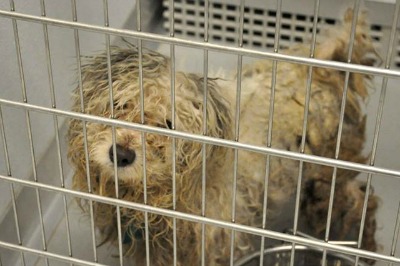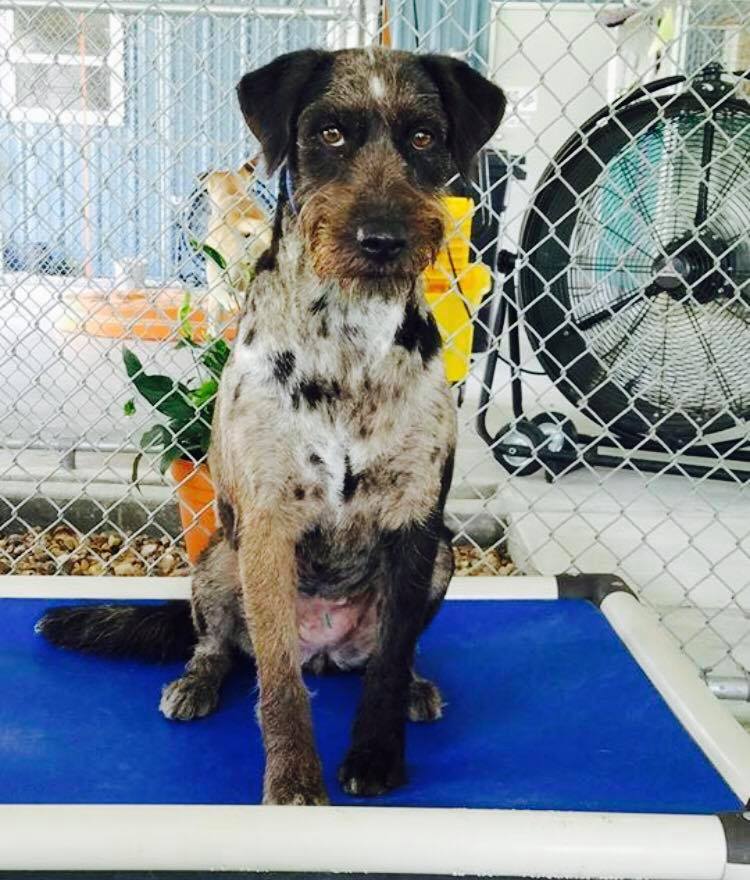
This post, by Claire Sterling, originally appeared on the ASPCA Professional website. Read it here.
In the world of grantmaking, it’s common knowledge that applying for funding is hard work — and if you’re doing that work multiple times to reach a number of funders, all while scrambling to help animals who have been affected by a tornado, wildfire or severe flood, it can be downright overwhelming.
With this in mind, a group of funders have worked together to ease the burden of the grant application process for animal welfare organizations that either have been directly affected by a disaster or have been appointed by their local authorities to provide assistance to other organizations. The ASPCA, the Humane Society of the United States (HSUS), the Petfinder Foundation and (for major disasters affecting Colorado) the Animal Assistance Foundation have just teamed up to form a single application and collaborative review process to streamline funding during a disaster.
These funders will collectively consider requests for funding that are submitted via a centralized portal at animaldisasterfunding.org for specific major disasters. Particular disasters for which the application portal is available will be determined on a case-by-case basis at the discretion of the individual organizations participating in this funding collaboration. Eligible disasters must be significant enough to warrant a state-of-emergency declaration.
Information regarding specific disasters for which funding will be available will be posted via a Request for Proposals (RFP) on the “Funding Opportunities” page on animaldisasterfunding.org. (Please note that while applications submitted through the centralized portal will be reviewed by a group of funders, each funder who provides support will make its own grant to the applying organization and will issue its own grant contract and reporting requirements.)
Since participating funders can opt in and out of the collaborative, the makeup of the review committee will shift depending on the circumstances and on the affected geographic region(s). Over time, we expect to grow the group of funders to include other animal welfare grantmakers and, ideally, also community and family foundations serving disaster-affected regions.
We will all be learning as we go; this is a relatively unprecedented development not only in animal welfare, but also in the broader field of philanthropy. The concept of collaborative funding is nothing new, but rarely is it directly tied to a joint review of grant requests submitted via a single application form representing the interests of multiple funders. In this case, shared concern for applicants’ limited time — particularly when responding to a disaster — is the primary driver of our collaborative effort.
In the spirit of preparing for the worst but hoping for the best, our greatest desire for this funding collaborative is that disasters calling for its use are few and far between. And in the spirit of an ounce of prevention being worth a pound of cure, we strongly encourage organizations to do everything possible to make themselves and their facilities as disaster-proof as possible. As a starting point, please be sure to check out the ASPCA’s Disaster Response Resources page for further information.
With that, we wish you a healthy, happy, disaster-free 2015.
Guest blogger Claire Sterling is Director, Grant Strategies at the ASPCA. Having previously done foundation fundraising for six years at the Foundation Center, her personal blog, The Lion’s Share, provides philanthropy-related resources for organizations that better the lives of animals.

